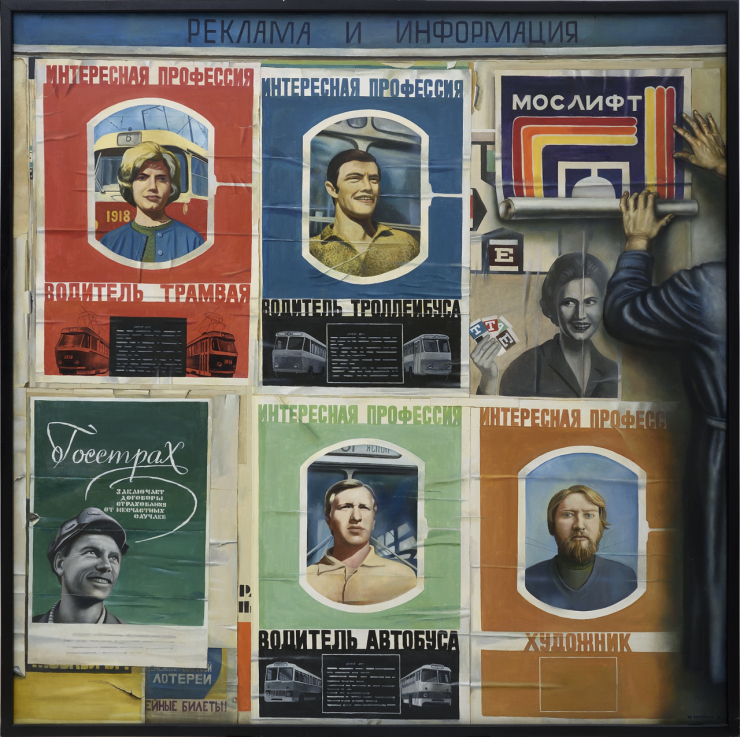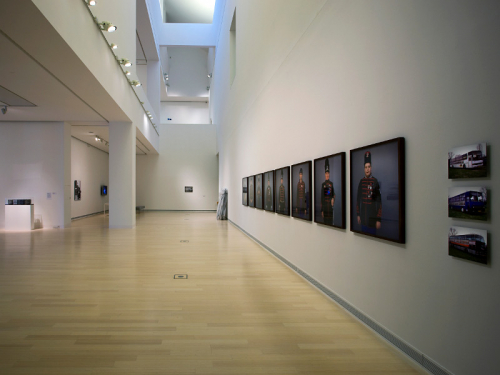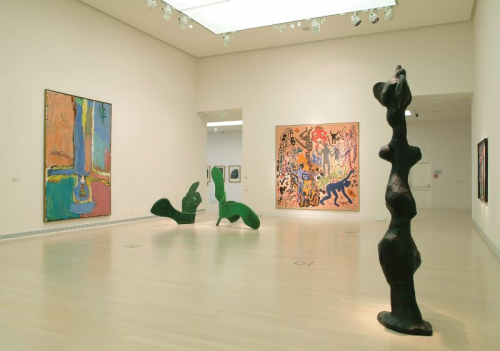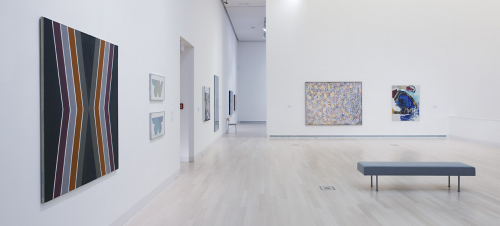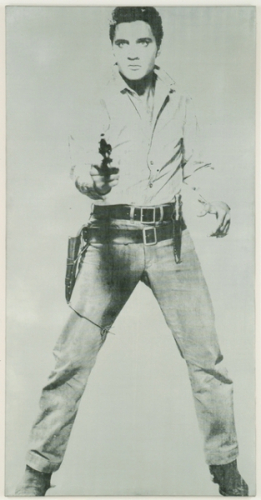Tatiana Nazarenko was a student of Dimitri Zhilinsky. In the seventies she was interested in topics taken from everyday life. Her paintings from this period represent Soviet daily life in grotesque, ironic style. Her main subject was solitude, which, according to her, is the most dramatic element of human existence. Despite the fact that her figures are typically depicted in groups, they all have an air of complete isolation and loneliness. Her painting Advertisement and Isolation contemplates “interesting” professions: it shows posters of a tram driver, a trolley bus driver, a bus driver and an artist. As a traditional medium of political propaganda, posters often used the iconic figure of the worker or the peasant for purposes of agitation. Nazarenko’s piece is a criticism of the consciousness-shaping mechanisms and clichés of both propaganda and advertisement. Also, she addresses her own position as artist by representing the artist as a profession. The “propagation” of the jobs of trolley bus and bus driver as advertisement and information is also ironic, as they appear in place of of the commodity to be advertised, alluding to the shortage economy of socialist countries. An interesting feature of the intentional retro-style is that it caricaturizes Socialist Realism, which had been eliminated by Khrushchev’s reform after 1953, but remained a fundamental cultural political model nevertheless. Parts of Nazarenko’s painting are rendered in photorealistic quality, as a reference to the tendencies of pop art and photorealism in Western art, still considered taboo at the time.
